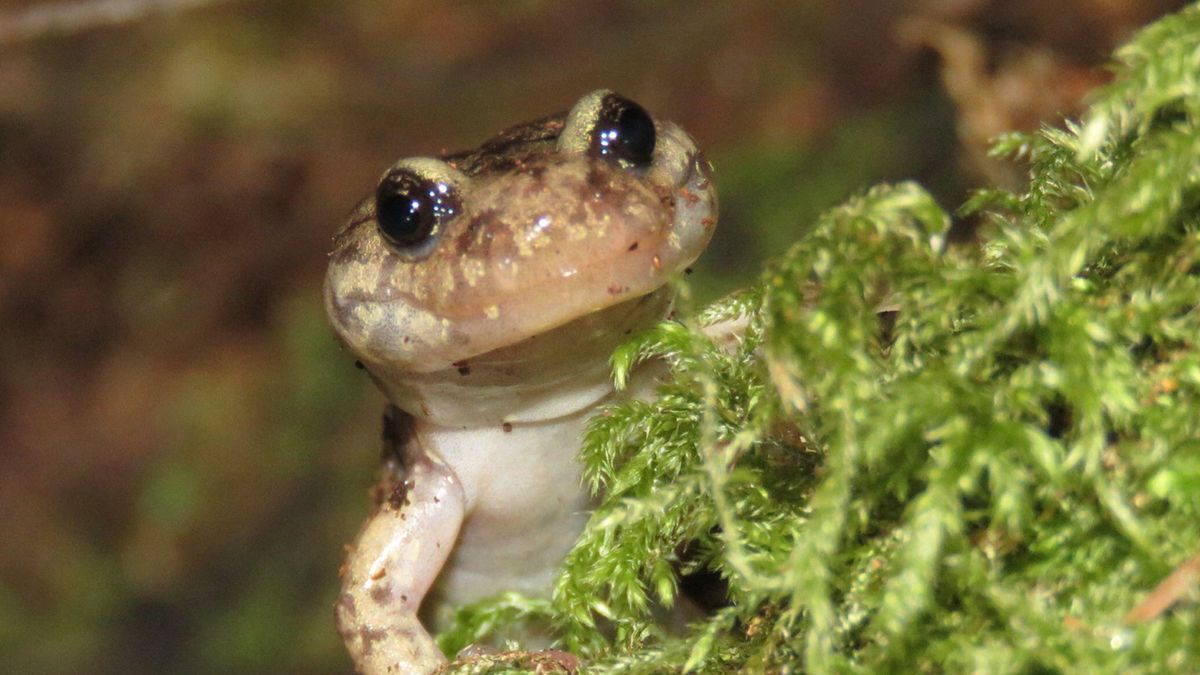Now Reading: Meet the Wandering Salamander: A Tree-Climbing Amphibian with a Unique Grip
-
01
Meet the Wandering Salamander: A Tree-Climbing Amphibian with a Unique Grip
Meet the Wandering Salamander: A Tree-Climbing Amphibian with a Unique Grip

Rapid Summary
- Species Name: Wandering salamander (Aneides vagrans).
- Habitat: Coastal redwood forests in North America,often at heights over 300 feet (90 meters).
- Diet: Insects, spiders, small arthropods, and snails.
- Unique Feature: Arboreal lifestyle; lives in tree bark fissures and glides across canopy branches.
- Adaptation Mechanism: Blood-powered toes that dynamically regulate grip and detachment while moving through trees.
– The salamander pumps blood into its toe tips for detachment by momentarily increasing pressure, expanding the contact area slightly to lift off surfaces.
– Blood is drained upon landing to increase surface contact with rough textures for secure grip stability.
– High-resolution video studies confirmed asymmetric control of blood flow in the tips of each toe for optimal performance during jumps or gripping actions.
- Study led by Christian Brown (Washington state University) published findings on this mechanism in the Journal of Morphology.
!Wandering Salamanders
Image Credit: piemags/nature / Alamy Stock Photo.
!Salamander’s Toe Mechanics
Image Credit: William P. Goldenberg.
Indian Opinion Analysis
This study highlights how evolutionary adaptations allow species to thrive under unique environmental pressures-a lesson relevant even beyond biological science. While India’s ecological focus primarily remains on its own diverse habitats such as Western Ghats or Sundarbans mangroves, studying global examples like the wandering salamander could inspire innovation within conservation programs dealing with arboreal creatures like India’s purple frog or lion-tailed macaque.
The mechanism employed by wandering salamanders-a combination of dynamic structural adaptation and resource-efficient control-serves as a blueprint for understanding micro-evolution’s role in survival strategies across challenging terrains (akin to India’s biodiversity hotspots). The research could even inform bio-inspired solutions applicable to robotics advancements or materials science.
India’s scientific community can benefit from interdisciplinary engagement similar to this study model where detailed observation couples technology-driven assessments-ensuring precision-informed conservation strategies rooted both locally and globally.
























